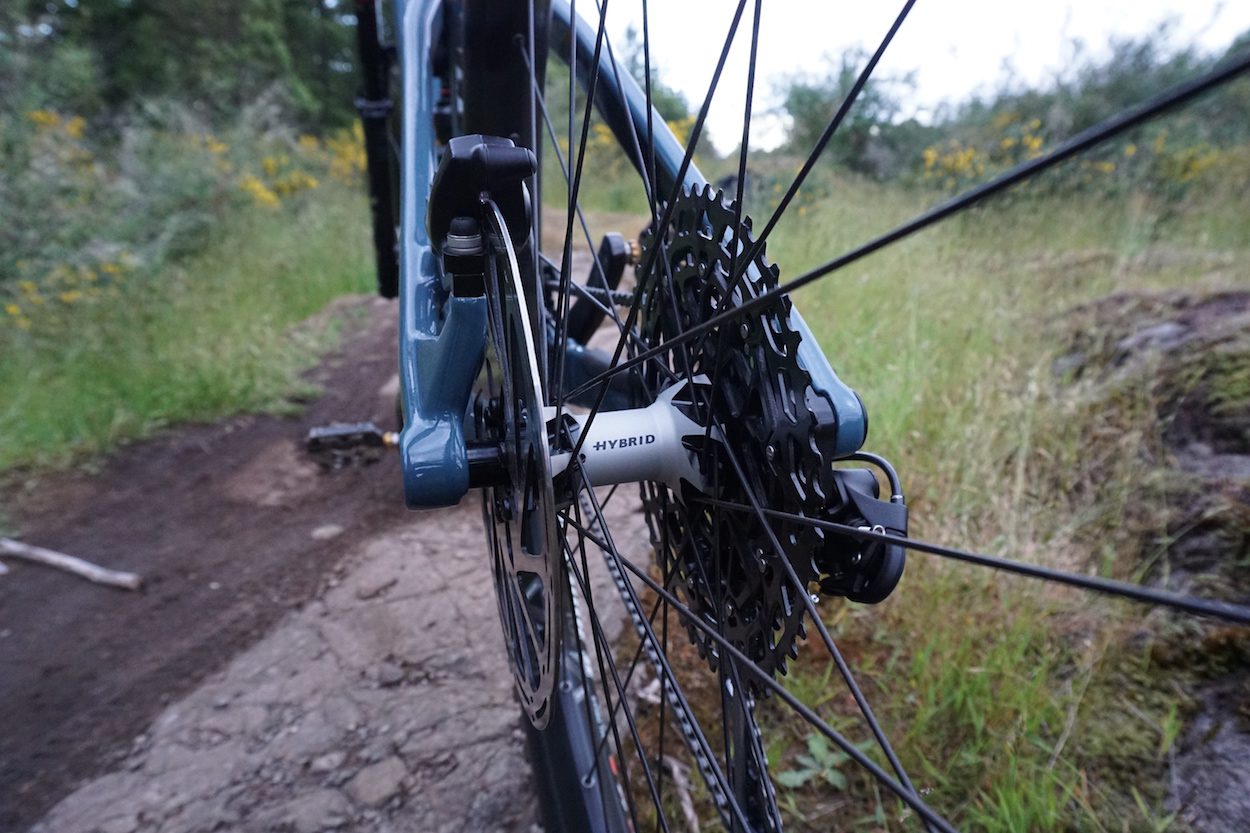How to: Buy your first eMTB
What to look for if you're thinking of going electric
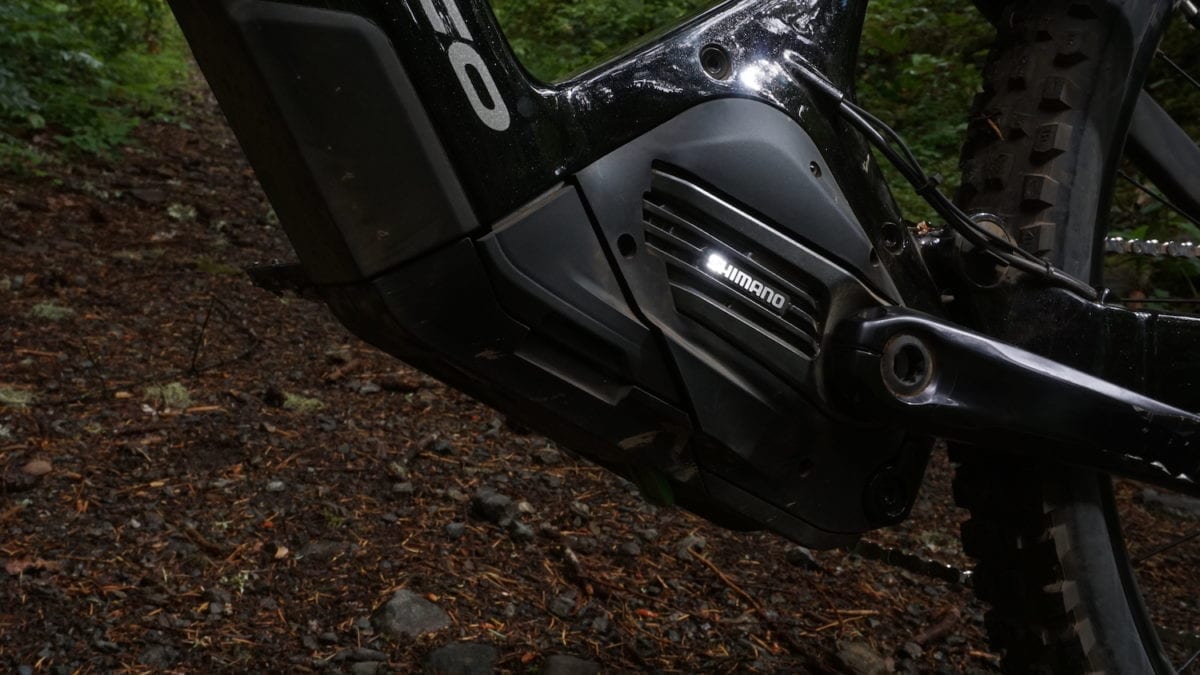
Electric mountain bikes are gaining acceptance and popularity every year, in part because they’re getting more and more fun to ride. Like human powered mountain bikes, there is now a wide variety of types and styles of eMTB.
So, what do you look for if you’re shopping for your first eMTB? It’s much like shopping for a normal mountain bike with a couple twists – and a few more wires.
How to: Buy your first electric mountain bike
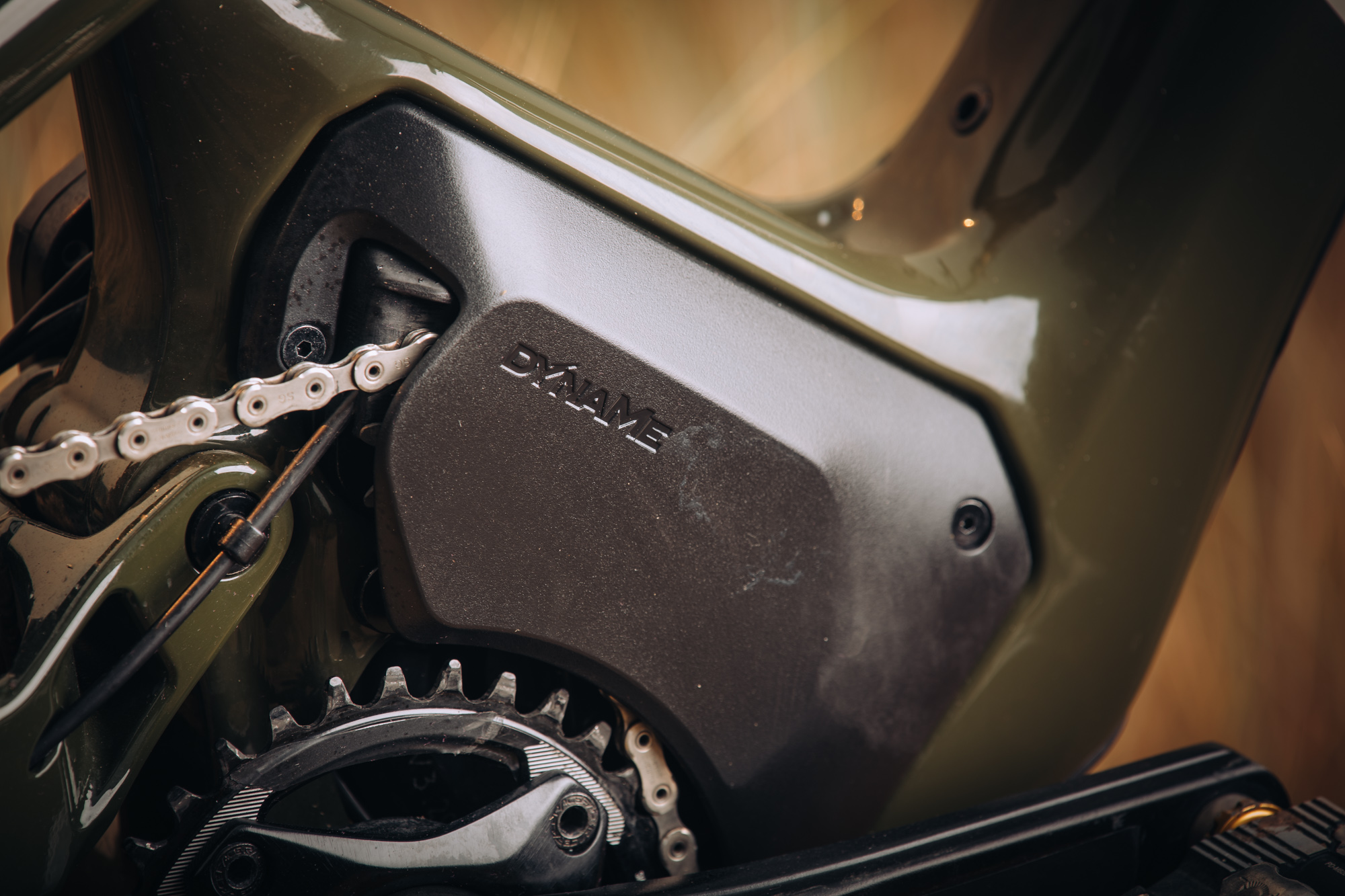
Motor
The biggest difference from a standard mountain bike is, obviously, the fact that there’s a motor. There are several different drive unit designs on the market. They all have different features, and suit different styles of riding. The standard sized ones will have higher output and more torque. Some of the newer, smaller options have less of a boost, but are much lighter. Consider output (Watts) and torque (Nm) numbers on your bike to be sure you get as much, or as little, support as you want.
Different designs also sound different. Some eMTB motors produce a electronic-sounding whirr as you ride. Others have a more mechanical sound. Some, like belt driven units, are quieter while others can be quite noisy.
Battery
Like motors, eMTB batteries come in many different sizes and configurations. Bigger batteries (more Watt hours – or Wh) will let you ride further per charge, but they also weigh more. If you’re looking for quick 1-2 hour rides, not epic adventures, a smaller battery may be all you need.
Another important consideration is whether the frame design uses a removable or integrated battery. Removable batteries let you recharge without bringing the whole bike indoors. It also gives you the option to have a back-up battery. Some brands, like Norco, sell multiple different size batteries for the same bike so you can have a spare, or switch to a lighter battery unit for shorter rides.
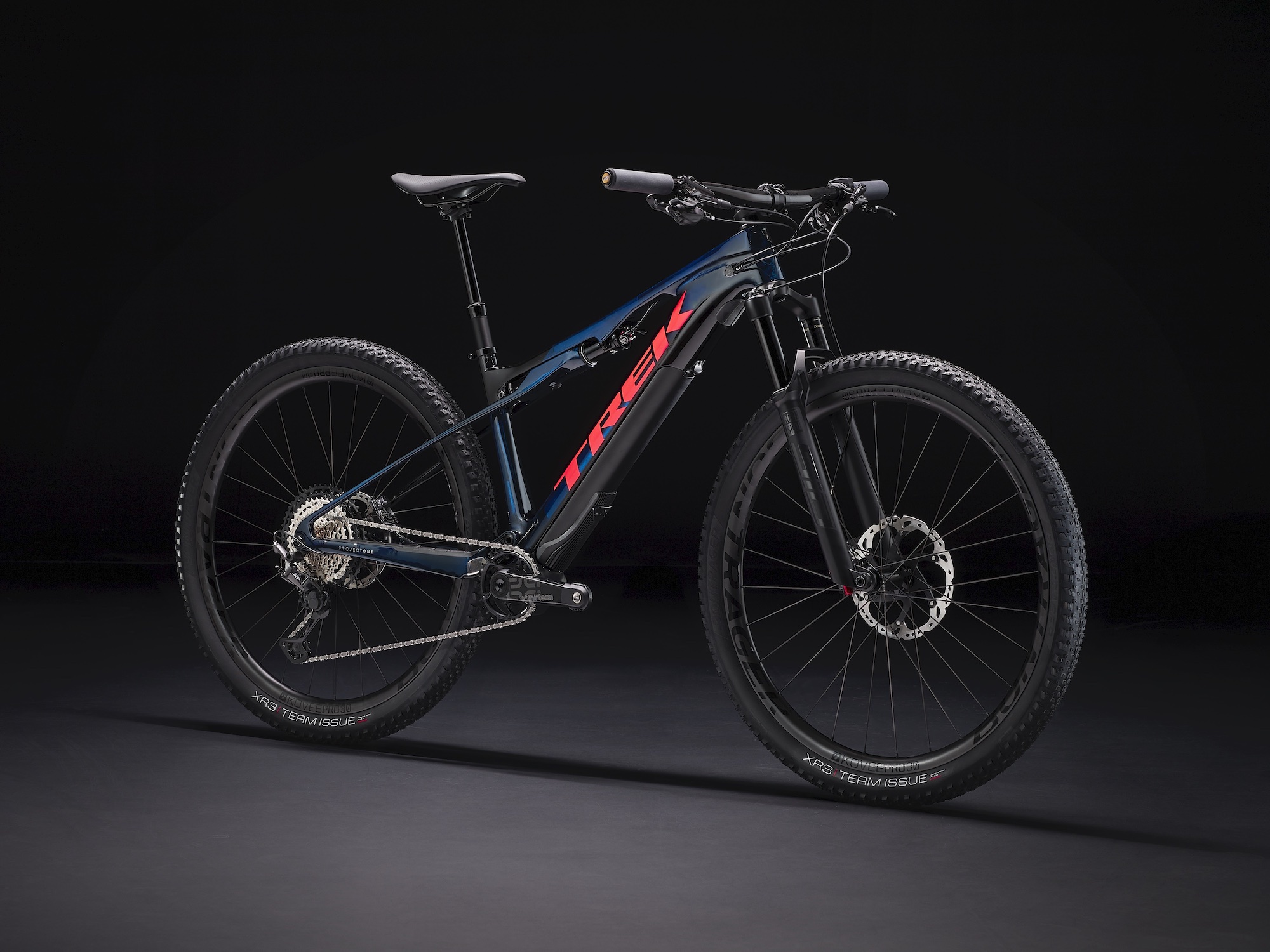
Bike style
Gone are the days where brands offered a single eMTB for all kinds of riding. There’s now electric versions of all kinds of bikes, from Trek’s cross country eCaliber to full on eEnduro and borderline downhill bikes and everything in between. Adding a motor does mean that a bit of extra weight, or suspension, isn’t as much of a factor as with analog bikes. But geometry and design will still mean an eXC bike is more fun on mellower trails than a super-slack eEnduro bike, and vice versa.
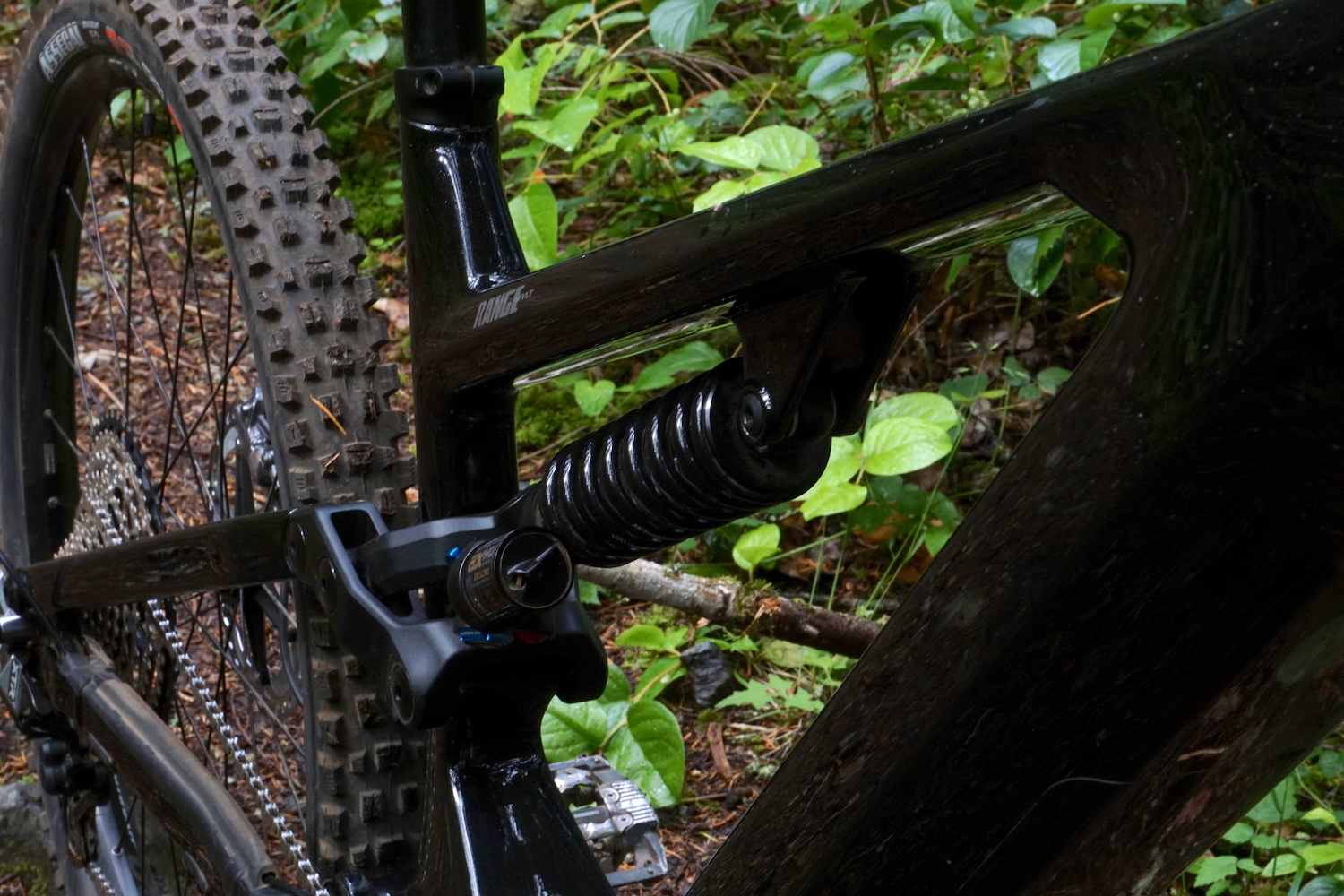
Weight
Weight is still an issue with eMTBs. If you can’t ride from your door to the trails, you’ll eventually have to lift your bike onto a rack or into the back of a truck. Some brands are aiming for lighter-is-better, with lower-powered and more svelte models. Other brand’s take the tact that, as long as you’re using e-assist, you might as well make the bike tougher (and, as a result, heavier).
This also impacts riding style. Lighter bikes will be easier to life and move around on the trail. As bikes improve, some brands are dialing in the geometry and balance on eMTBs so that they still feel like a normal bike, if still heavier.
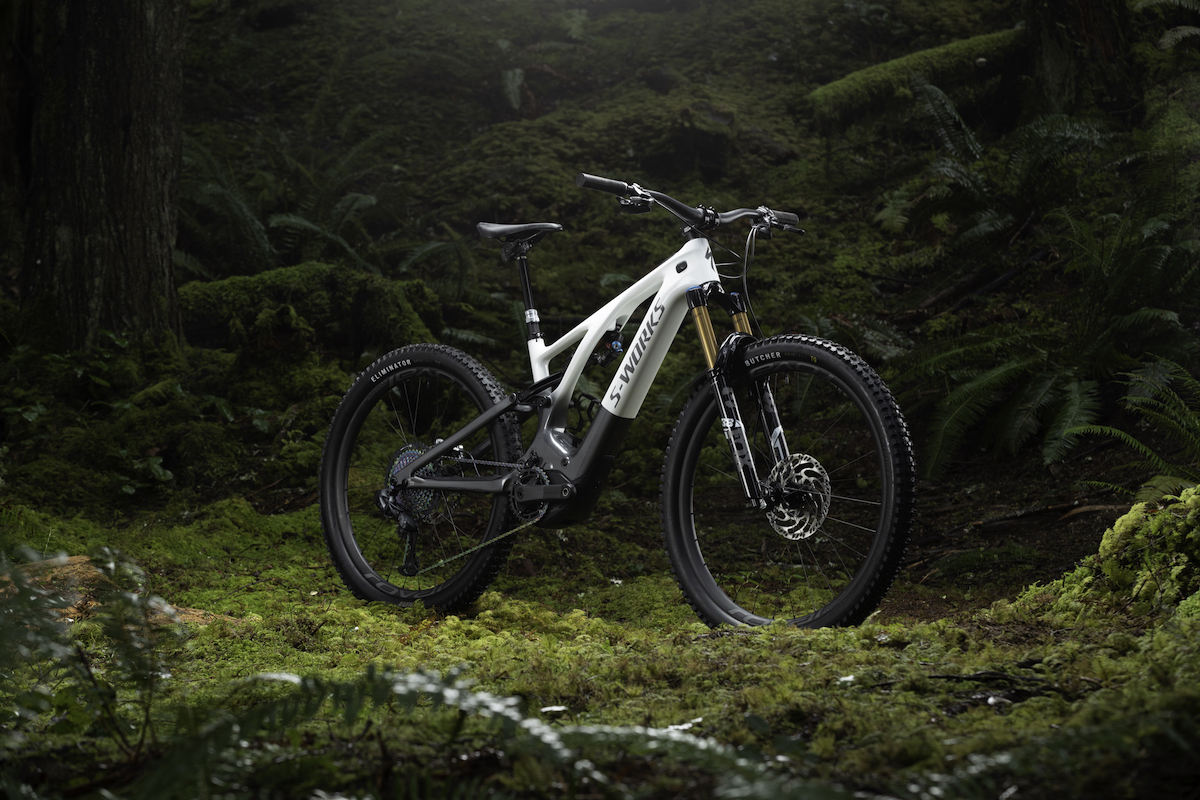
Wheel size
The wheel size debate is alive and well in electric mountain bikes. Some brands go for the roll-over speed of 29″ while others try make eMTB more fun with 27.5″ and let the motor do the work to keep the bike moving. Several brands are taking a mixed approach, with a 29″ wheel up front and a smaller, 27.5″ rear wheel to keep the chainstays short for better cornering on trail.
Parts
With the added weight and, potentially, extra miles, electric mountain bikes can be harder on parts than analogue riding. No matter how you ride, adding a motor demands more from an eMTB drivetrain.
Some brands do a much better job of taking the time to properly source parts appropriate for eMTBs. There’s now an array of Hybrid or E-bike drivetrains and rear hubs and E-rated suspension, suspension parts designed specifically for the different demands of eMTBs. Most eMTB come with most of those parts now. Some brands are taking the next step and are looking smaller details, like tougher tires and even different saddles. Rocky Mountain, for instance, sells its new Altitude Powerplay with CushCore tire inserts already installed.
Serviceability
Electric mountain bikes are starting to look more like normal mountain bikes. That means that there is a whole host of wires, batteries and a motor squeezed into a similar sized space in the frame as analog bikes. Which, in turn, means some eMTB are easier to work on than others, especially if you plan on doing your own repairs. Some bikes have removable batteries, some are fixed. Some BB are separate from the motor, while some are integrated. Cable routing strategies vary widely depending on frame shape and, as ever, some layouts are easier to work on than others.
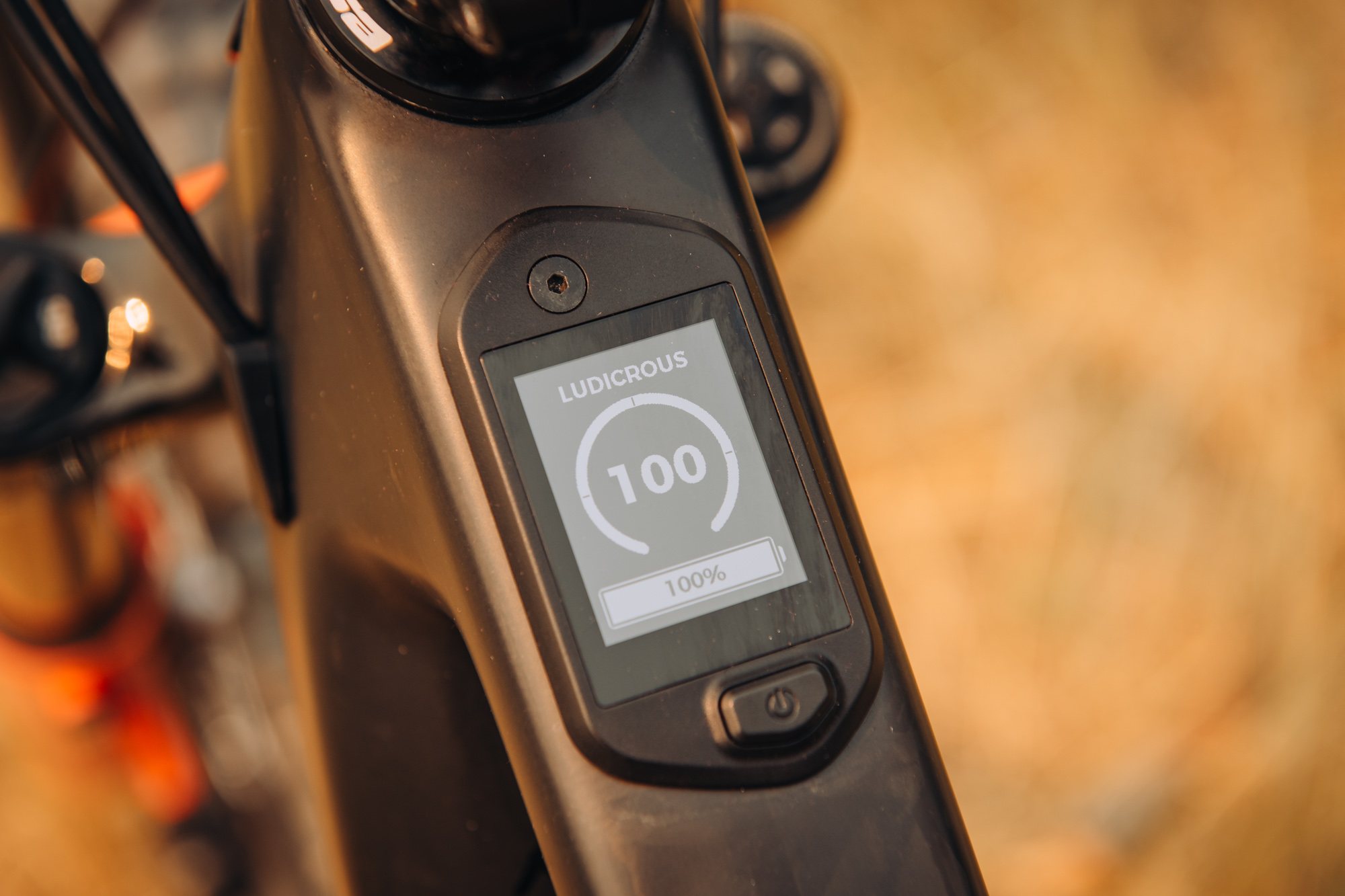
Customization and tuning
Most eMTB now include some level of customization. That can be setting displays or power levels. Some brands offer all kinds of adjustments, from tuning the motor output to what metrics show up on the eMTB display. Often this is done through an app, though some designs let you make adjustments directly through the bike. Others keep it simple, allowing only minimal changes from factory settings.
If you’re particular about your gear or like the idea of being able to fiddle and change all kinds of settings to fit your specific needs, look for a brand that allows that kind of customization. If you just want to get on and ride with minimal fuss, consider a brand that requires minimal set-up and maybe even lets you leave the phone at home.

